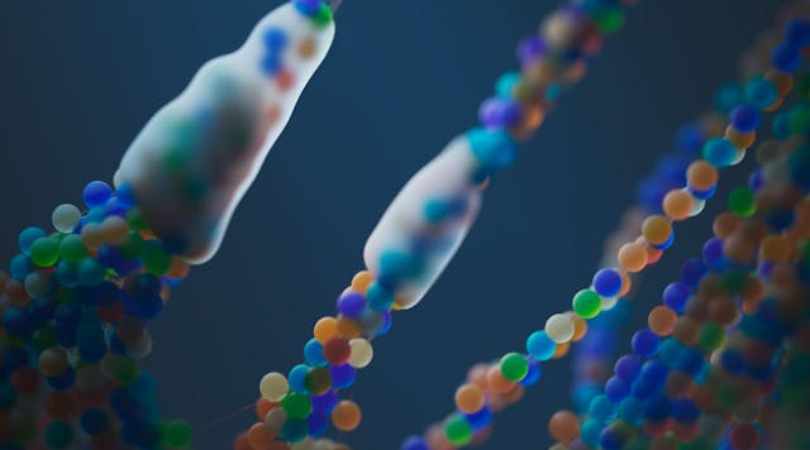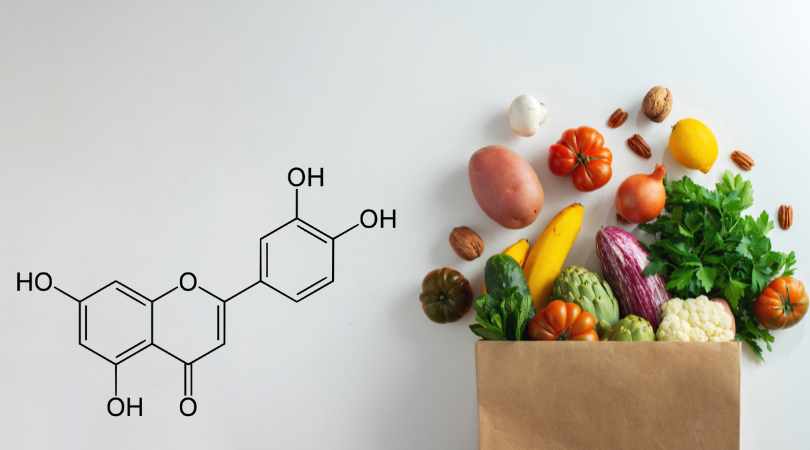Scientists have successfully restored the lost uricase enzyme, a key breakthrough in combating fructose-induced fat formation. This discovery offers new hope for preventing obesity and metabolic disorders by targeting how the body processes sugar and stores fat.
Limited Quantities Available! Order Today and Enjoy Free Shipping on Orders Over $100!
NASH (Non-Alcoholic Steatohepatitis)
An advanced form of fatty liver involving inflammation and liver damage—often driven by excess fructose metabolism.
Liver Health Starts with Energy Balance
NASH isn’t just about fat in the liver—it’s about the inflammation and mitochondrial dysfunction that follow.
Fructose metabolism plays a central role in NASH by rapidly generating fat, uric acid, and oxidative stress in liver cells. Over time, this leads to inflammation, scarring, and liver damage—even in the absence of alcohol. And because the polyol pathway can produce fructose endogenously, this damage can occur even on a sugar-free diet.
SugarShield is formulated to help support liver resilience by modulating the effects of excess fructose metabolism. It’s a science-driven approach to protecting cellular energy and metabolic health—before inflammation takes hold.
What is NASH?
Non-Alcoholic Steatohepatitis (NASH) is a severe progression of non-alcoholic fatty liver disease (NAFLD), characterized not just by fat buildup but also by liver inflammation and cellular damage.
Symptoms and Risks
NASH may be silent in early stages but can lead to:
- Liver fibrosis and scarring
- Cirrhosis
- Liver failure or cancer
It's a rising cause of liver transplants worldwide.
Fructose and NASH
Fructose metabolism plays a key role in NASH:
- Promotes fat accumulation via de novo lipogenesis
- Elevates uric acid and oxidative stress
- Disrupts mitochondrial energy, triggering inflammation
Internal Production Risk
Even without sugar, endogenous fructose from carbs, alcohol, or salt can continue to fuel the NASH process—especially in metabolically compromised individuals.
At LIV3, we see NASH as a downstream effect of a broken energy pathway—and targeting fructokinase is a proactive step to prevent or reverse this damage at its metabolic root."






